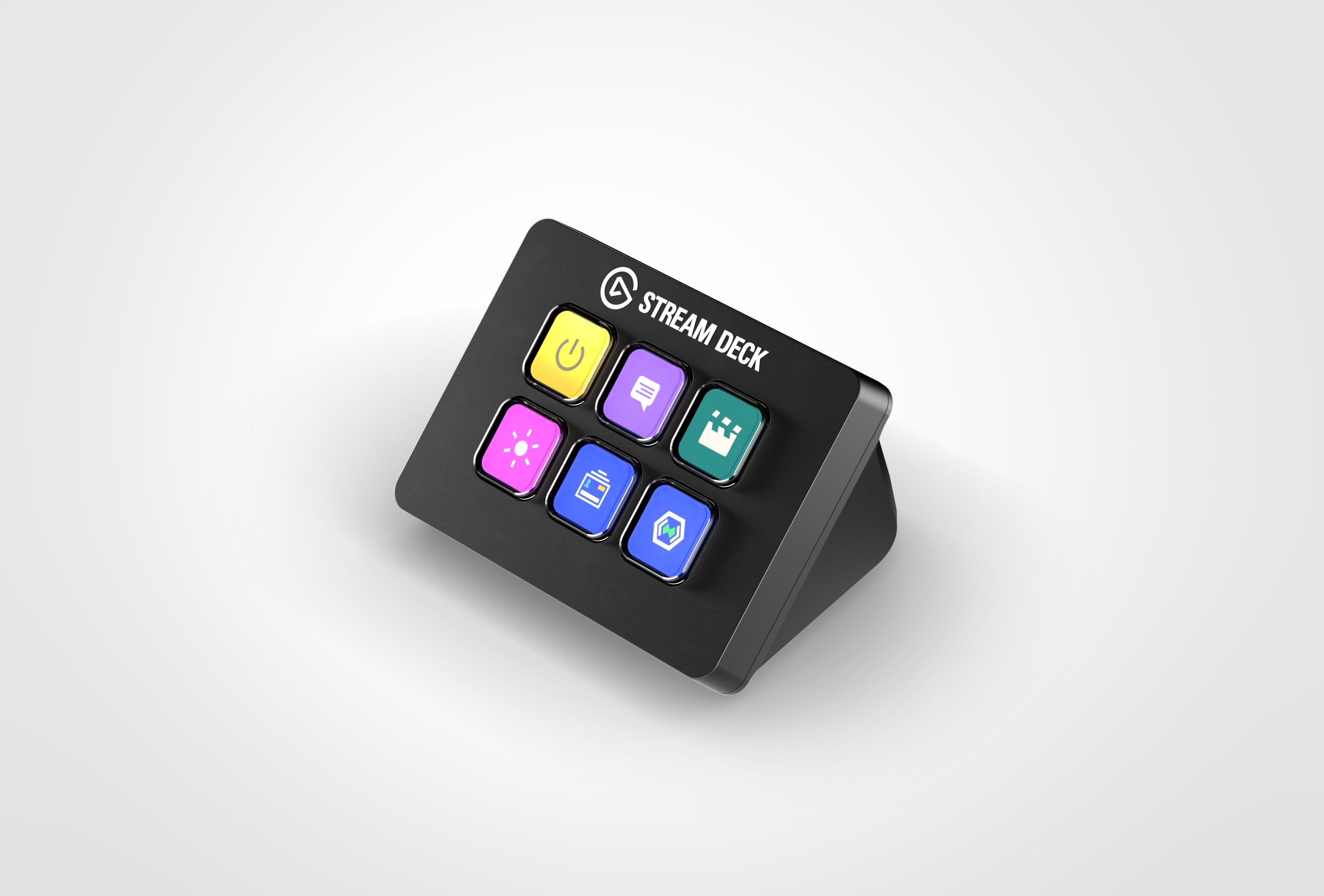One more checkin. It is becoming clear to me that the "train control" program I developed (src/cli/control.py) is a useful platform to integrate the code to connect Raspberry Pi GPIO pins to physical buttons and devices. Thus, I added an option to the script to execute commands from another Python script at startup. By default, the program looks for a file named buttons.py in the local directory. You can specify a different script via command line argument.
For example, here is the contents of my local buttons.py:
from src.gpio.gpio_handler import GpioHandler
from src.protocol.command_req import CommandReq
from src.protocol.tmcc1.tmcc1_constants import TMCC1AuxCommandDef
from src.protocol.tmcc2.tmcc2_constants import TMCC2RouteCommandDef
from src.protocol.tmcc2.tmcc2_constants import TMCC2EngineCommandDef
"""
Simple examples of how to associate Lionel commands to Raspberry Pi buttons
"""
GpioHandler.when_button_held(26, TMCC2EngineCommandDef.BLOW_HORN_ONE)
GpioHandler.when_button_pressed(21, TMCC2RouteCommandDef.ROUTE, 10)
off = CommandReq(TMCC1AuxCommandDef.AUX2_OPTION_ONE, 9)
on = CommandReq(TMCC1AuxCommandDef.AUX1_OPTION_ONE, 9)
GpioHandler.when_toggle_switch(13, 19, off, on, led_pin=20)
# GpioHandler.when_toggle_button_pressed(19, on, led_pin=20)
GpioHandler.when_pot(TMCC2EngineCommandDef.ABSOLUTE_SPEED, 88)
print("Buttons registered...")
This file does the following:
- broadcasts the BLOW_HORN_ONE command to all engines when the button connected to pin 26 is held (sends the command to the default address of 99).
- sends the Fire Route 10 command whenever the button connected to pin 10 is pressed.
- defines a toggle switch that simulates the Cab 2's Aux1 and Aux2 buttons on TMCC accessory #9; on my layout, this is an LCS BP2, so track power is turned on when the switch is turned on, and power is turned off when the switch is pressed off. A LED connected to pin 20 is lit when track power is on.
- controls the absolute speed of Engine #88 via a pot.
Here's what it looks like when I run control.py on my pi:
(legacyEnv) davids@raspberrypi:~/dev/legacyEnv/PyLegacy $ src/cli/control.py
Sending commands directly to LCS Ser2...
Listening for client connections on port 5110...
Loading startup script: buttons.py...
Buttons registered...
PyLegacy train controller, Ver 0.1
>>
On a separate note, what should I call this program? Train Control? I think that is already taken, and it's pretty boring. PyLegacy? Lionel may not be too happy with that. PiTrains? Hmm, potential...
-- Dave
![]()





